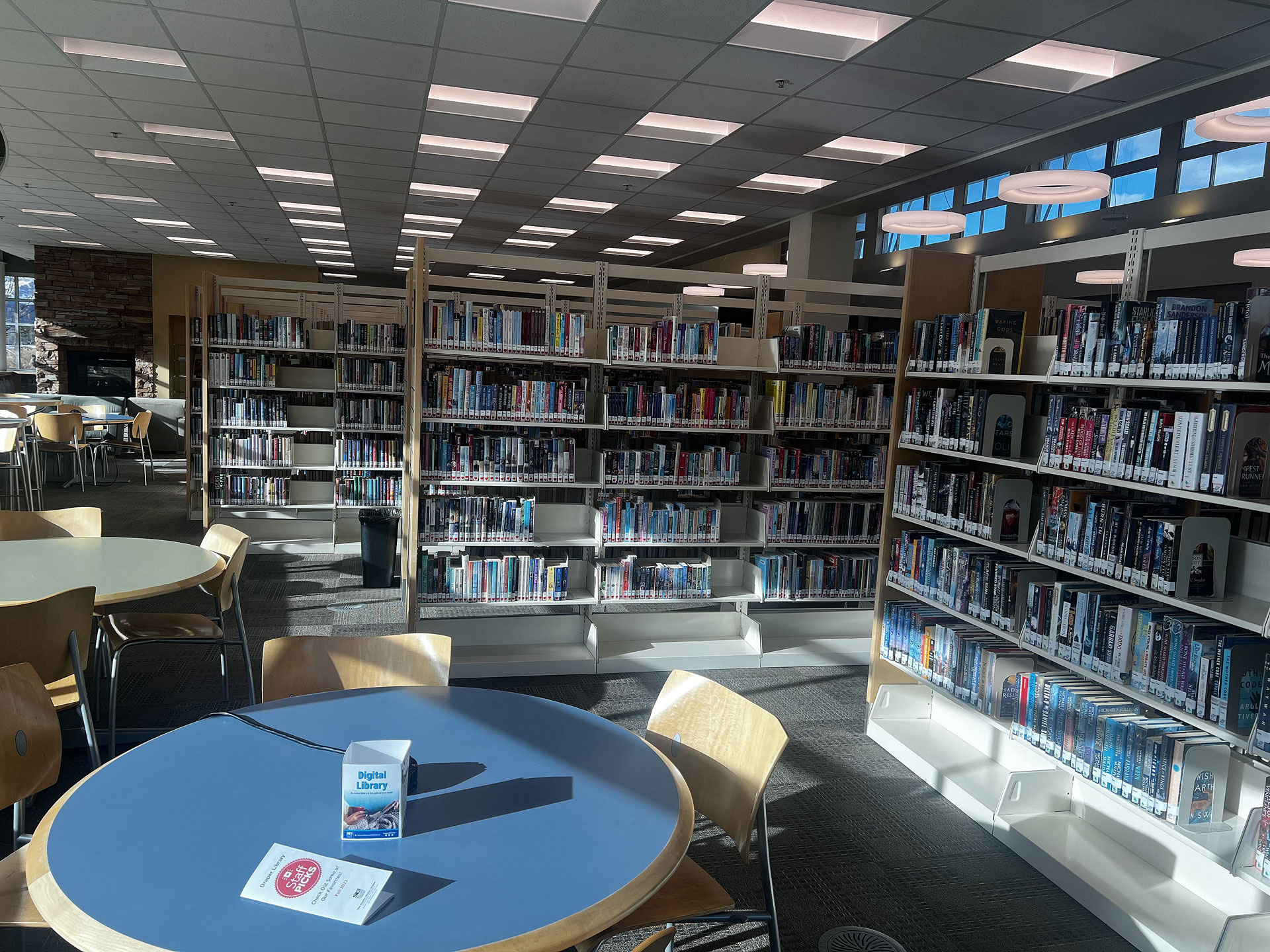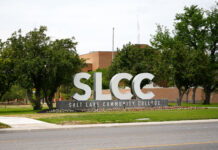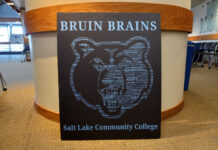During the 2022-23 school year, less than half of Utah students in grades 1-3 were reading at their expected grade level, according to a report from the Utah State Board of Education. Following such reports, educators and parents across the state have begun to express concern.
Utah isn’t alone in its struggles with early literacy rates. According to the National Assessment of Educational Progress, 66% of students in grades 1-3 nationwide are also not meeting the reading level for their grade.
“When we start looking across the country of American students reading at grade level, Utah is not an anomaly. As shocking as that number may feel, it’s important to mention the context — that it doesn’t represent outlier performance for students in Utah schools versus their peers in other states,” said Darin Nielsen, associate learning superintendent of the Utah State Board of Education.

‘It’s quite alarming’
One study from the Journal of Applied Developmental Psychology suggests that early reading ability provides students with advantages later in their educational career, including better grades, greater interest in school, and higher overall levels of achievement.
Such findings are deemed troubling when so few early education students in the state are meeting the literacy milestones for their grade. And with literacy scores suffering, questions are being raised about how children are being taught throughout the entire education system in Utah.
“We are seeing a lot of students come in with less exposure to vocabulary,” said Julie Clark, a literary specialist for grades K-3 at the Utah State Board of Education. “Their oral language skills are not as good as they used to be … It’s quite alarming.”
Vocabulary, according to Clark, is one of the most important components in teaching children to read and makes up one of the five pillars of instruction. The other four pillars are phonics, fluency, writing and comprehension.

Each state identifies the assessment tool they will use and what threshold shows proficiency. One measure that the Utah State Board of Education uses is the Acadience Reading Assessment. The assessment is done three times a year to measure a student’s fluency, accuracy and ability to recount what they’ve just read.
The Acadience assessment involves asking students to read a passage for one minute. They then retell as much as they can about it in one minute. For students to meet their grade-level benchmark, they must improve at a certain rate.
However, Melinda Breiholz, a second-grade teacher at Jeremy Ranch Elementary School, pointed out that the test has its flaws. “It’s one measure. But if a child is having a bad day, it’s not accurate. It’s only a snapshot of how the child reads.”
What is being done to help?
The Utah State Legislature has taken action to help improve early literacy rates. In 2022, the legislature passed SB 127, which allocates funding to help schools in various ways.
An example is additional educator training via a training program called Language Essentials for Teachers of Reading and Spelling, or LETRS. According to Clark, LETRS is a two-year program that provides “knowledge of the science of reading and that explicit, systematic instruction that is needed in the classroom.”
“We are also looking to improve instruction in the higher education space so that when teachers come out of college, they have the [necessary] knowledge. The thing we hear most from those taking LETRS is, ‘Why didn’t I learn this in college?’”
Nielsen said some schools have been able to, because of funding made available by our state legislature, administer that assessment up to sixth grade. Furthermore, Clark cited a legislative push to set higher expectations for colleges in Utah to educate teachers on the science of reading rather than relying on post-graduate training.
SB 127 also has a provision that sends out four books a year to low-income families in Utah. And while home libraries have been shown to contribute to early literacy, there are still other ways for families to build their own on a budget, even if they aren’t on the state program.

“The best way to build a library is to go to the thrift store, where you can buy five books for five dollars,” said Cari Bartholomew, a parent with experience teaching early literacy. “I believe that the first thing every family should do is have a home library.”
Teachers and state officials aren’t the only ones who have a significant influence on children’s reading abilities. Bartholomew said learning at home is just as important as learning done at school.
“What I think is that my job as a parent is to help my child become a contributing member of society,” Bartholomew said. She added that she believes parents should be reading with their kids regularly and discussing the content of stories read to bolster their reading comprehension.
Parents can also increase their children’s exposure to literature through public libraries. With a library card, people of all ages can gain access to both physical and online resources. The Salt Lake County Library system recently instituted the use of eCards, which grant immediate access to any resource or digital title.
Educators maintain that the continued joint efforts of parents, teachers and the state will lead to progress in early literacy.







